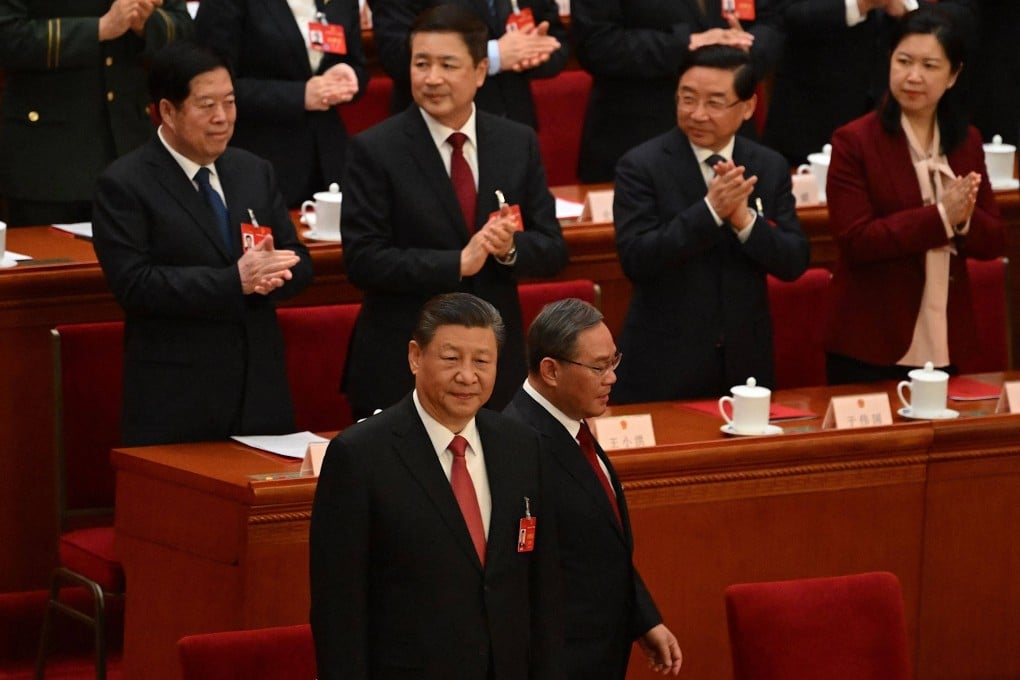Advertisement
The View | Why China’s 5% GDP target has failed to reassure Asia
- Beijing has shown no urgency at its NPC meeting to reboot or stimulate its economy in a way that would support its target, dashing the hopes of its neighbours worried about the drag from an economic giant fighting decline
Reading Time:4 minutes
Why you can trust SCMP
7

When Chinese leaders announced a 5 per cent growth target on March 5, they probably didn’t expect to have to defend it.
Global asset managers complained that more “forceful” steps are needed to boost growth and combat deflation. And disappointment was felt in some Asian markets that had hoped for a more vigorous response.
The figure of around 5 per cent isn’t the problem. It’s that neither President Xi Jinping nor Premier Li Qiang appear to have an urgent plan to achieve it. No large-scale stimulus, no fresh strategies to address the property crisis or youth unemployment, and zero new tactics to recoup trillions of dollars in stock losses since 2021.
Xi and Li did indeed telegraph important reforms to come, during the National People’s Congress meeting. Plans to generate “new productive forces” will see Beijing developing game-changing industries from electric vehicles to renewable energy. This could mean a great leap forward for innovation and growth.
Yet the economy needs a solid foundation first. In a March 7 report, Fitch Ratings raised the spectre that underlying cracks in China’s foundations could lead to a “severe downside stress scenario” that would have a “dampening effect on international price pressures”.
Nowhere is this stress test a greater concern than in Japan, which narrowly avoided yet another recession. Japan’s gross domestic product contracted 3.3 per cent year on year in the July-September period last year, but grew 0.4 per cent between October and December despite an initial estimate of a contraction. In January, household spending plunged 6.3 per cent from a year earlier, the sharpest drop in 35 months.

Advertisement
